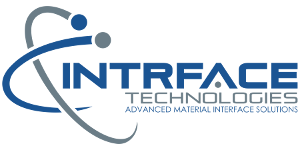There are hundreds publications utilizing atmospheric plasma technology available online. These technical articles cover the following subject matter: atmospheric plasma physics and chemistry, atmospheric plasma treatment and surface cleaning, reviews on atmospheric pressure plasma technologies commercially available, atmospheric plasma surface treatment of polymers, atmospheric plasma surface treatment of silicon, glass, metals, metal oxides, thin film coatings. atmospheric plasma-enhanced chemical vapor deposition (PECVD), etching, photoresist and thin film removal, microfluidics and nanotechnology, medical device coatings, sterilization and biofilm removal with atmospheric plasma.
The majority of technical articles addressing atmospheric plasma treatment of polymers, metals and glass focus on increasing surface energy (wetting) and chemically modifying (functionalizating) the material surface. Atmospheric plasma does not impact the bulk of the substrate. Only the first few angstroms of the material surface are modified. Chemically modifying the substrate surface with atmospheric plasma refers to creating specific carboxyl and amine groups that promote adhesion for bonding, printing and coating applications.
A clean, dry and activated material surface is necessary to achieve the best possible bond performance. Atmospheric plasma are utilized to remove micron-level organic contamination. This process employs ablation, where the positive ions bombard the surface. The ablation process can dislodge contamination from the surface, and can roughen the surface on an atomic scale. The chemical process of atmospheric plasma employs either reduction or oxidation chemistry via the gas-phase radicals. Polymer surface preparation with atmospheric plasma can also react surface chains with oxygen to form oxane bonds resulting in significantly greater bond strength. Metal surface preparation with atmospheric plasma can also react to add oxidation to help with adhesion promotion.
Common process parameters addressed in these technical publications on atmospheric plasma are standoff distance (distance from the nozzle to the material surface), scan speed (rate at which the plasma source is moved across the material surface) and plasma density. Each of these process parameters play a factor in the doze or amount of reactive species the material surface is expose to.
Please contact us to receive a complimentary copy of any of the research subjects listed above or follow the menu on the side of this page to select a specific article.

